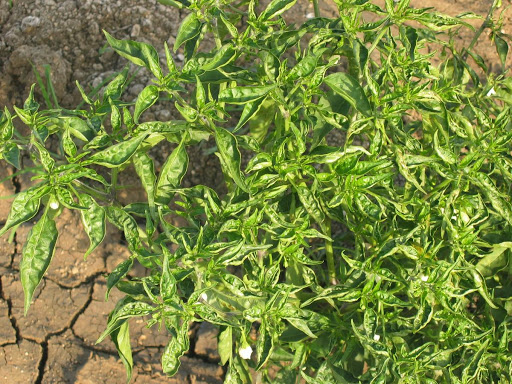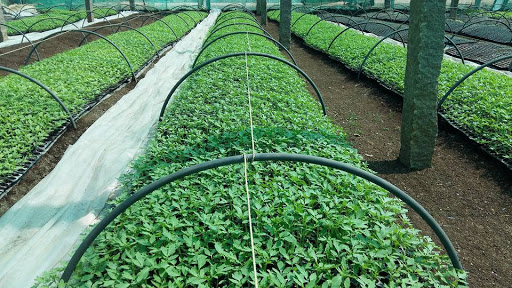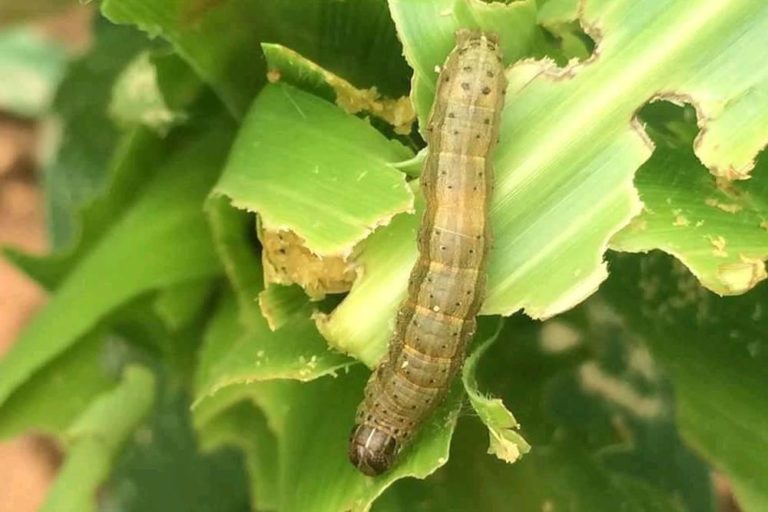After knocking on the scheduled time, the monsoon has gradually become active throughout Madhya Pradesh. Seeing the activation of monsoon, the smile on the face of the farmers has also shattered. The monsoon rains are like a gift, especially for the paddy farmers.
Apart from this, farmers who cultivate maize are also happy with the monsoon rains. However, this rain can also cause pest infestation in crops like soybean and cotton, for which farmers should take preventive measures in advance.
If we talk about the weather forecast of Madhya Pradesh during the next 24 hours, light to moderate rain is expected in some parts of the state. Earlier, good monsoon rains have been witnessed in the areas of Jabalpur, Bhopal.
Source: Nai Dunia
Share









